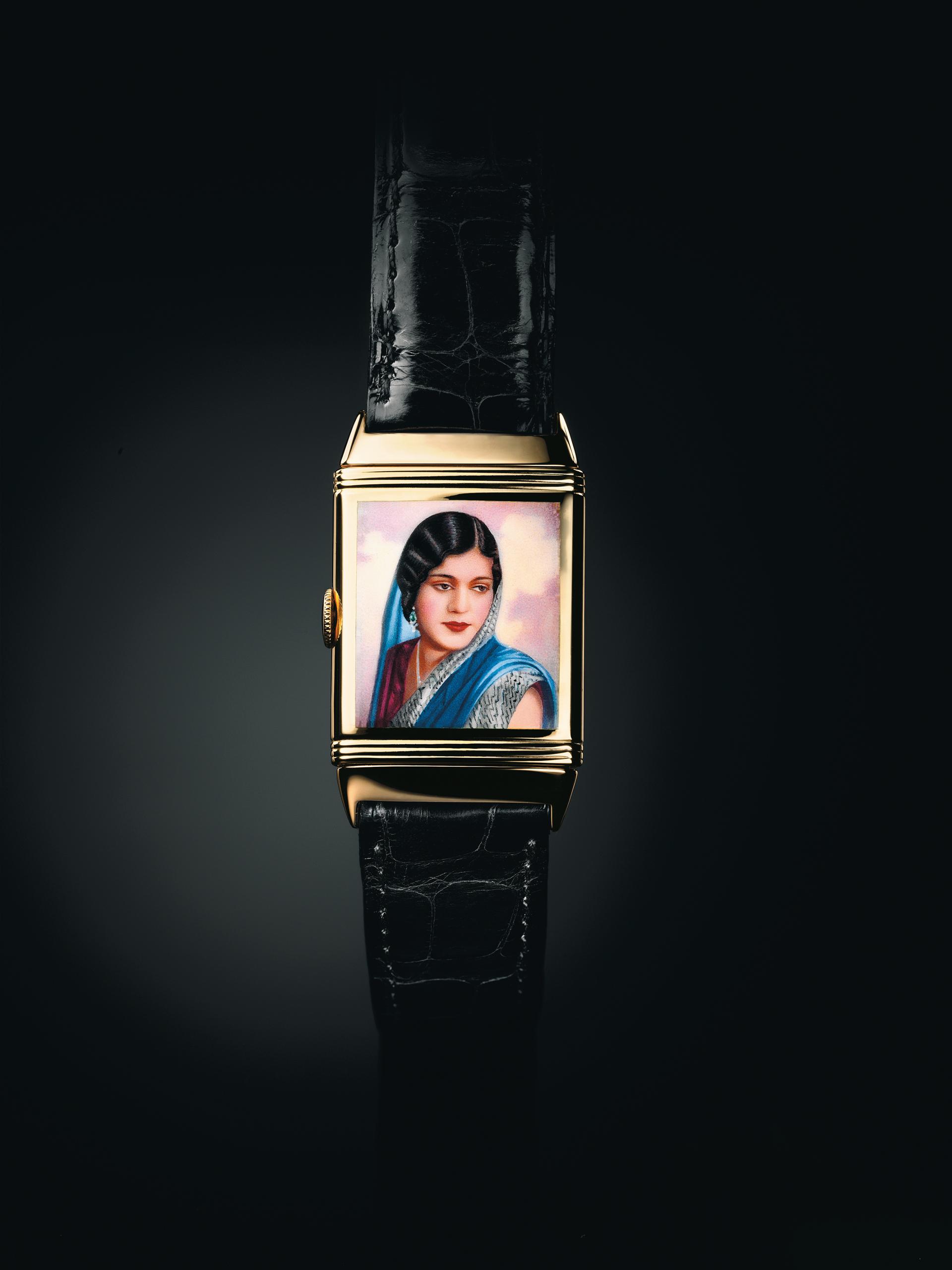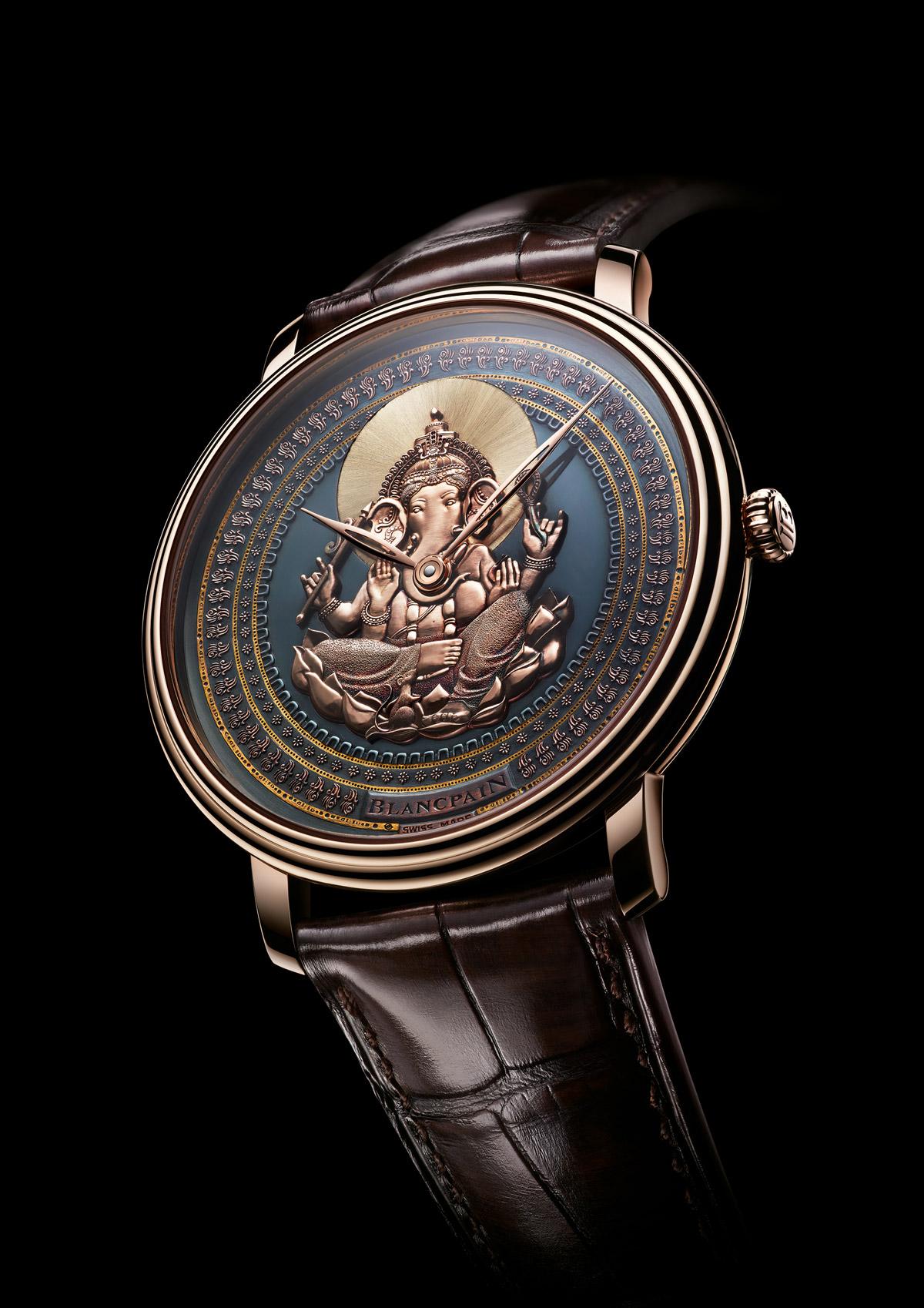Swiss watch brands struggle to crack Indian market

Despite the impressive size and growth of the Indian economy, Swiss watch exports to the subcontinent are underwhelming. Is an overestimation of the purchasing power of Indian consumers to blame?
Dr. Reddy (first name withheld on request) is on a horological hunting expedition. He is browsing the latest collection of Swiss watches in a luxury watch shop in the southern city of Hyderabad.
His watch collection includes timepieces that range from a couple of thousand Swiss francs to just over CHF10,000 ($10,238).
“I own two Omegas, a Girard-Perregaux, a Raymond Weil and a couple of Tag Heuers,” he says. “I am a watch-crazy collector and buy whatever I can afford.”
Next on his list is a Corum watch, manufactured in the western Switzerland watchmaking town of La Chaux-de-Fonds.
Reddy is a typical client at the Kamal Watch group’s flagship store located in the posh Jubilee Hills area of the city.
“Most of our customers are doctors, politicians and film producers,” says sales manager Ramesh Heerakar.
The export value of Swiss watches to India has more than tripled over the past ten years and has been steadily increasing except for a slump following the 2008 global economic crisis. Switzerland exported slightly more than CHF123 million worth of watches to India in 2015.
But India is only the 26th largest market for the Swiss watch industry – not very impressive for the world’s seventh largest economy that grew faster than China in 2015. For comparison, Hong Kong alone imported Swiss watches worth 25 times India’s imports.
Shallow middle class
“India is a rapidly-growing economy with a strong middle-class base, so there has been a healthy growth in demand, year on year, right across the spectrum,” says Bastien Buss of the Swatch group that owns several watch brands.
However, while India’s appetite for Swiss watches is increasing, it has not kept pace with wealth creation in the country. According to the Global Wealth Report 2015 published by Credit Suisse, India is home to 185,000 dollar millionaires – six times more than in 2000. It also boasts 2,100 Ultra High Net Worth (UNHW) individuals (worth in excess of $50 million), the 11th highest in the world.
And yet, it lags behind countries like Thailand and Mexico when it comes to demand for Swiss watches. A lot of the disappointment has to do with the high expectations Swiss watch brands place on India’s growing middle class for future growth. Is it really justified?
Credit Suisse qualifies any Indian with at least $13,700 in assets as a member of the middle class, one of the lowest thresholds for any country. For comparison, the middle class threshold is $18,000 for Thailand, $28,000 for China and $72,900 for Switzerland.
So, while more and more Indians are becoming middle class, their purchasing power is much lower than other emerging economies, especially when they have to pay the same watch prices as the Swiss.
For example, swissinfo.ch was quoted a price of CHF6300 (excluding VAT) for a Rolex Datejust watch (Model 116200) in the Swiss capital Bern. The same watch was offered for CHF6270 in the Indian capital New Delhi.
Besides its relative lack of financial clout, India’s buying class also lacks the sufficient scale needed to boost sales of Swiss watches. The category of “middle class and beyond” – which includes anybody with over $13,700 in assets – accounts for only 3.2% of the total population. This is probably why Swiss watch exports to India compares unfavourably with other emerging economies.
This overreliance on India’s middle class has come at a cost for some. Swiss brand TAG Heuer, which is owned by the LVMH group, is closing its office in India.
It will move from handling its own marketing, sales and distribution to selling its watches through a local agent. LVMH did not reply to swissinfo.ch queries on the reasons behind the Indian office closure.
However, that has not stopped others from betting on the Indian market. The Swatch group, for example, is planning on opening at least 20 stores in India this year.
Brands and bling
Indians appear to have a soft spot for well-known Swiss watch brands.
“Rado, Longines and Omega have performed very well in the sub-continent,” says Buss of the Swatch group that owns these brands. “So too have the very high-end timepieces from Breguet.”
The Swatch group is the leading Swiss player in the Indian market that is dominated by the Indian watch brand Titan whose models range from CHF70 to CHF350.
When it comes to tastes, Indian consumers seem to prefer watches with bracelets made of precious metals.
“Our best sellers are the watches with steel and gold combo bracelets,” a Delhi-based Rolex retailer told swissinfo.ch.
In India, it is common for men to wear jewellery. Hence, watches which would be considered “flashy” in the west are quite popular in the country.
“Our most popular premium brand is Rado because of the shiny ceramic bracelet,” says Mohammed Niamath Ali of Ethos watches in Hyderabad.
Although their clientele is largely male, Swiss watch brands are increasingly looking to women to boost sales. According to Euromonitor International, the growth in sales of ladies watches in India is higher than men’s watches as it is rising from a lower base.
Swiss brands like Longines and Tissot have enrolled models and Bollywood movie stars as ambassadors to woo the ladies and raise brand awareness for their products. But it is not a guaranteed route to success in India.
“Peer tastes are more important than celebrity endorsements for us,” says twenty something Likitha Santhoshi, who is waiting for her Swiss watch to be serviced. “Women often buy what their friends are wearing.”
According to her, older women look to match their watch with their jewellery and hence many prefer to buy gold watches. Younger women on the other hand see watches as a fashion accessory and their purchases are based on current trends.
Thus, a variety of offerings at affordable prices will be needed to make the most of India’s limited buying class.
“If we are present in the market, with all of our brands, which are leaders in their price segments, then we’ll certainly make our mark,” says Buss from Swatch.
Only time will tell if that is enough.

In compliance with the JTI standards
More: SWI swissinfo.ch certified by the Journalism Trust Initiative






You can find an overview of ongoing debates with our journalists here. Please join us!
If you want to start a conversation about a topic raised in this article or want to report factual errors, email us at english@swissinfo.ch.